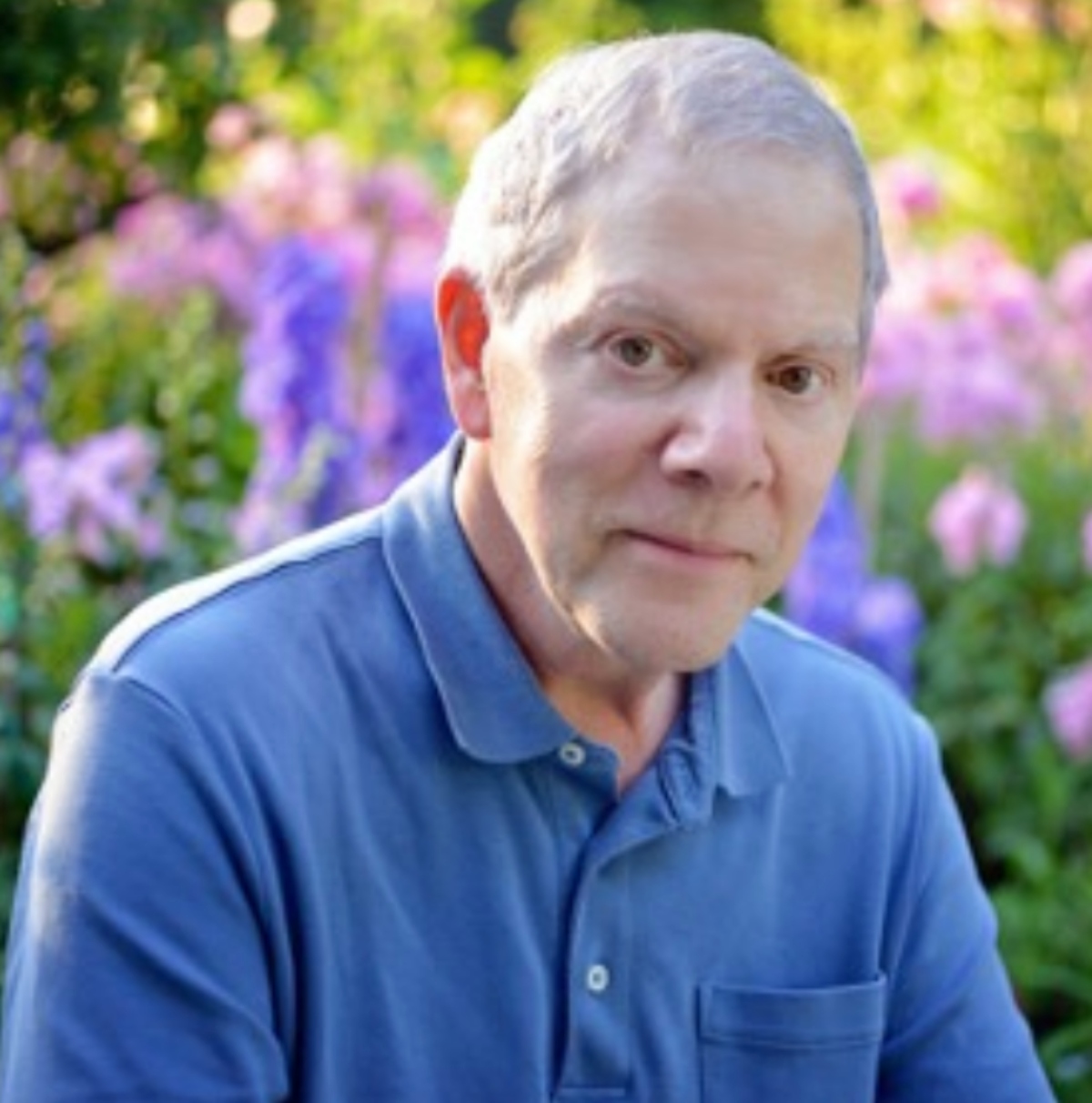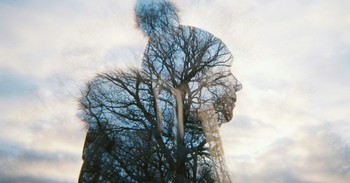The Power of Beauty
Imagine threading your way through a crowded foreign city. Suddenly, a familiar face appears—not a casual acquaintance, but a cherished friend. The sudden shock of familiarity gradually gives way to deep delight and a sense of profound relief. You somehow feel at home in this strange place. Speaking figuratively, beauty is a bit like the face of that friend. As such, it inspires deep-seated feelings of joy, delight, and peace. Consider these words from Elaine Scarry, “At the moment one comes into the presence of something beautiful, it greets you. It lifts away from the neutral background as though coming forward to welcome you—as though the object were designed to ‘fit’ your perception.”[1]
At the risk of sounding merely pragmatic, those of us who wish to reach a weary world with the message of Christ are making a serious strategic mistake if we overlook the power of beauty. I want to consider this power under two broad headings, namely, captivation and hospitality. In a world overflowing with distractions, the beautiful not only arrests our attention. It captivates us, filling us with awe, joy, and gratitude. But, as Scarry notes, it does more than captivate. Beauty is hospitable in the sense that it welcomes us into its vision.
Why We’re Suspicious of Beauty
Before we venture any further, though, we need to confront a popular misconception that ties beauty exclusively to its formal expressions. For the sake of brevity, let’s put this formal expression of beauty under the heading of the Institution of the Fine Arts (IOFA). IOFA can include everything from painting and sculpture to music, poetry, literature, filmmaking, and architecture. I want to highlight two major reasons for why this line of thinking leads us astray regarding beauty. The first involves elitism. Naturally, the IOFA requires a high degree of training and skill, and while the professional guild of artists can yield quite a bounty, it also tends to foster the assumption that beauty belongs mainly to professionals. But most of us will recognize on an intuitive level that artists don’t have a monopoly on beauty. A stunning sunset, the pale bloom of flowers in spring, a small child leaping through a sprinkler—these everyday events attest to the universal reach of beauty and take us well beyond the walls of the gallery.
The second reason for resisting the equation of beauty with its formal expressions has to do with ugliness. Ironically, a good deal of contemporary art is deliberately and aggressively ugly, confronting its audience with bracing attacks on what was formerly deemed sacred. Whether it involves crucifixes submerged in human waste or deformed representations of the human body, a good deal of today’s art constitutes a flight from beauty, rather than an embrace of it.
Why are so many of today’s artists attacking beauty? This is a complex question and even a modest answer would be an ambitious undertaking. For the sake of the present discussion, however, I want to draw on the wisdom of Roger Scruton to shed light on one aspect of it. Specifically, I want to call attention to the fact that acts of desecration in the art world are usually attempts at playing God. To a major extent, the modern vision of reality turns on a desire for power and control. Long gone is the venerable tradition of conforming the soul to reality. Instead, the present aim is to manipulate reality and bring it into conformity with human wishes. For this reason, the ambition of much contemporary art is to announce itself as a bold message from the future that shatters the idols of our past.[2] The artistic hostility against the church in recent years is a clear example of this.
What would drive an Andres Serrano to his vaunted works of desecration involving sacred objects? In a word, a principled resistance to a sacred order, since such an order recognizes that human beings are subordinate to their creator. As Scruton aptly observes, “For beauty makes a claim on us: it is a call to renounce our narcissism and look with reverence on the world.”[3] But that reverence is predicated on the Lordship of the creator. In this sense, beauty is a blessed rebuke to our feeble attempts at playing God. To stare up at the sky on a clear night in the countryside, to be dwarfed in a redwood forest, to hold a newborn infant in your arms—these moments do more than fill us with awe and wonder; they humble us, reminding us that the rightful posture as we make our way through God’s good world is one of worship.
Beauty as a Basic Human Need
We need water, food, shelter, and rest. We need companionship, love, and acceptance. And we need beauty. It is numbered among our most basic human needs. In the words of Frederick Buechner, “Beauty is to the spirit what food is to the flesh.”[4]
If we’re tempted to think of beauty as a luxury, we would do well to consider the role of decorating in everyday life. Not everyone has the exquisite taste of an interior designer, of course, but everyone strives for a kind of visual consolation in their living spaces.[5] We don’t want a mere shelter from the elements, the spartan furnishings of a prison cell, or the generic backdrop of a hotel room; we want a home. Think also of the role of plants and gardens, particularly in places of great poverty. Why are there flowers and potted plants in the slums of Nairobi, for instance? Aren’t gardens in the midst of such poverty a drain on resources that ought to be directed elsewhere? Not if beauty is to the soul as food is to the flesh. We won’t perish without an art gallery, but we will perish without beauty.
Hospitality Rather Than Seduction
Having established that beauty is a basic human need that includes formal expressions, but isn’t limited to them, I’d like to turn to a great artist whose work offers a holistic vision of captivation and hospitality.
In The Angel and the Voyager, I draw attention to the paintings of the American master, Thomas Cole. A man of devout faith, Cole was determined to glorify God in his work by offering a spiritual vision that was as truthful as it was edifying. One of his late masterpieces is The Voyage of Life, a series of four paintings, each of which captures a different phase of the subject’s life. Childhood, Youth, Manhood, and Old Age offer a panoramic view of a human lifetime, capturing its joys and trials, as well as God’s care throughout the journey. In each of these paintings, the subject is presided over by an angel, even in moments of severe adversity. By capturing the tumultuous nature of human life with stunning skill and accuracy, Cole invites his audience into a spiritual vision that honors the sufferings of our present world without giving them the last word. In this sense, The Voyage of Life captivates us, arresting our attention, but then it invites us to contemplate a world fashioned by the God who draws us to Himself.
In Psalm 27:4, King David proclaims, “One thing I have asked of the LORD, that I will seek after: that I may dwell in the house of the LORD all the days of my life, to gaze upon the beauty of the LORD and to inquire in his temple.” As Christian men and women, we want to do more than share about Christ. We want to invite people to gaze upon His beauty.
[1] Ellaine Scarry, On Beauty and Being Just (Princeton, NJ: Princeton University Press, 1999), 25.
[2] Roger Scruton, Beauty: A Very Short Introduction (Oxford: Oxford University Press, 2011), 169.
[3] Ibid., 173.
[4] Available online: https://www.frederickbuechner.com/quote-of-the-day/2016/12/9/beauty
[5] I am indebted to the artist, Mark Sprinkle, for this insight.
Photo Credit: ©Getty Images/Ben-Schonewille

Kenneth Boa equips people to love well (being), learn well (knowing), and live well (doing). He is a writer, teacher, speaker, and mentor and is the President of Reflections Ministries, The Museum of Created Beauty, and Trinity House Publishers.
Publications by Dr. Boa include Conformed to His Image, Handbook to Prayer, Handbook to Leadership, Faith Has Its Reasons, Rewriting Your Broken Story, Life in the Presence of God, Leverage, and Recalibrate Your Life.
Dr. Boa holds a B.S. from Case Institute of Technology, a Th.M. from Dallas Theological Seminary, a Ph.D. from New York University, and a D.Phil. from the University of Oxford in England.



.jpg)

